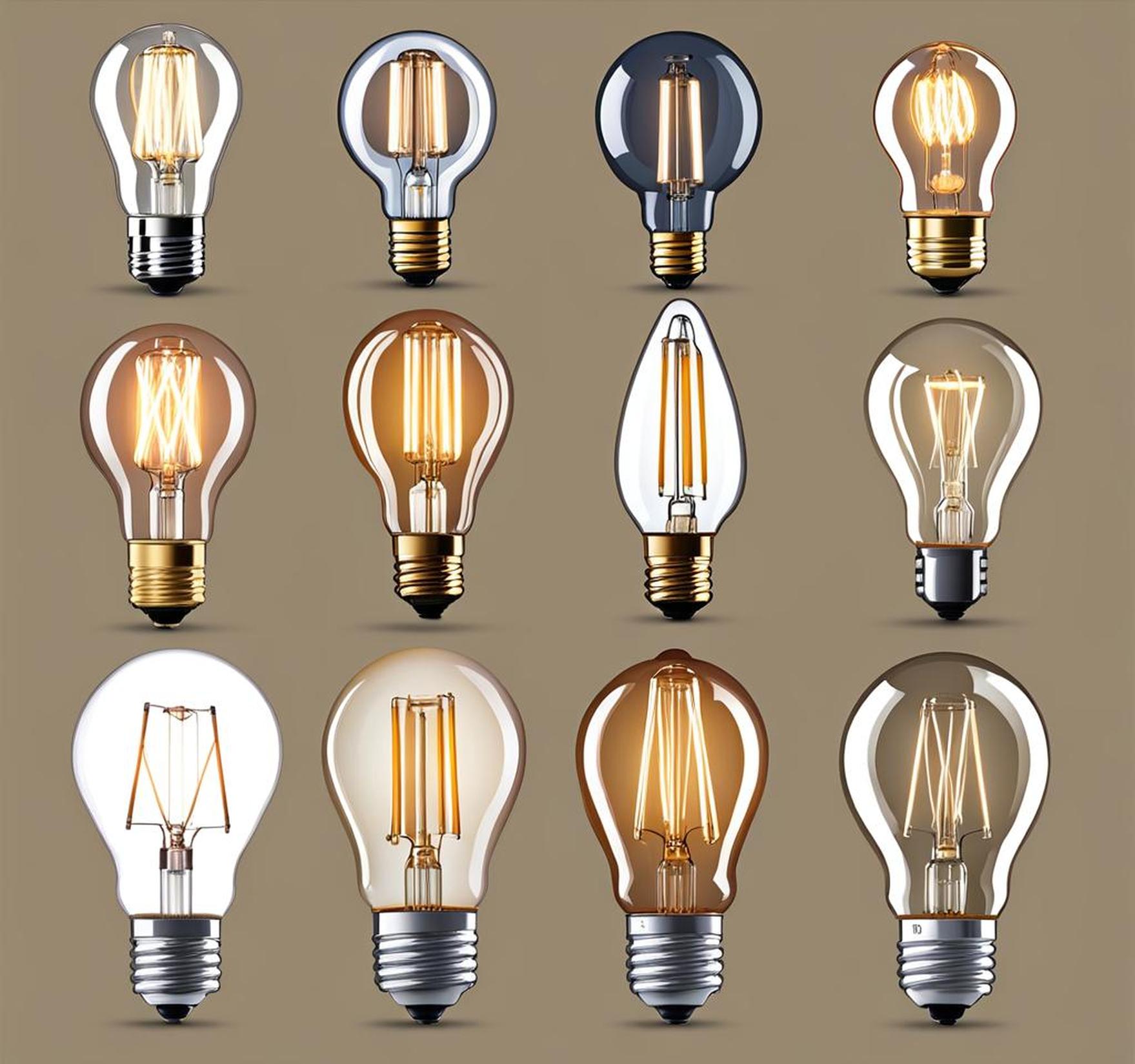When it comes to lighting our homes, most of us don’t give much thought to the base of the light bulb – we simply screw it in and expect it to work. However, understanding bulb bases is crucial for ensuring all your lighting fixtures work properly with the right bulbs. With so many types of bases on the market, it can get confusing for the average homeowner to figure out which bulb fits each socket.
The Most Common Household Bulb Bases
The majority of light bulb bases in modern households fall into three main categories:
Edison/Screw-In Bases
Edison screw bases (named for Thomas Edison’s popular bulb design) are by far the most ubiquitous. They have threads that twist into matching threaded sockets. The most common sizes are:
- E12 – Candelabra: Typically used for decorative fixtures like chandeliers and sconces. Smaller in size.
- E17 – Intermediate: Mid-size bulb between a candelabra base and standard E26 base.
- E26 – Medium: Standard Edison base found in the majority of household light sockets in table lamps, ceiling fixtures, and more.
Fluorescent Bases
Fluorescent bulbs, including CFLs (compact fluorescents) utilize different connector pins and bases to fit specialized fluorescent sockets. Some examples are:

- Bipin or Pin Base: 4 or 2 small metal pins insert into holes in the socket.
- Plug-In Base: Twists into a socket similarly to Edison bases but with multiple contact points instead of threads.
Specialty and Decorative Bases
There are some less common types of lighting designed for very specific fixtures including:
- Wedge Base: Bulbs with wedge bases slide into position in matching sloped sockets. Often used in appliances, theater lighting, automotive, and more.
- G4 and G9 Halogen: Very popular in directional accent and clamp lights. G4 is candle-shaped; G9 is more tubular.
Measuring and Identifying Your Light Bulb Base
The key specifications printed on all light bulb bases are the diameter, shape, and number of contact points. These indicate whether it’s compatible with Edison screw threads, a pin connector, or another socket style. Some terminology to look for includes:
- Single Contact (SC): Base makes contact through threads on a single end.
- Double Contact (DC): Threaded base makes contact at both ends.
Matching Replacements to Your Fixtures
When shopping for new bulbs, the easiest way to match replacements is to take your existing or burnt-out bulb with you to the store. You can hold the new bulbs side-by-side to see identifying base labels like “E26” or “BA9″imprinted on the bottom. If unsure, you can also measure the diameter of your bulb’s base using a ruler or calipers for size comparison. Tap the bottom gently – a hollow sound likely indicates Edison screw base that takes traditional bulbs. Solid sound may mean it’s a pin connector base that accepts CFLs.
Base Adapter Converters
Adapter bases provide more flexibility, allowing you to convert certain less common specialty bulb bases to standard E26/E27 bases. Then, you can use typical LED or CFL bulbs. Light bulb base adapters are useful when:
- You want to install more energy efficient LEDs and CFLs in fixtures requiring halogen bulbs.
- You have an outdated/odd-shaped bulb base but want to use modern bulbs.
Choosing Bulbs for Each Base Type
Once you’ve identified the correct base, next comes selecting the right bulb specifications. Key factors like light color, brightness, beam spread, and wattage depend on the fixture location and intended use. Here are some bulb tips for common base types:
E26 Bulbs
For medium screw-in Edison sockets, choose standard A-shape LED or CFL bulbs between 5-100 watts depending on the fixture, room size, and desired brightness.
E12 Decorative Bulbs
Opt for lower 5-40 watt bulbs with small candelabra bases for enclosed fixtures like chandeliers. Dimmable bulbs are recommended for adjustable ambient lighting.
GU10 Spotlight Bulbs
GU10 halogen bulbs shine directional spot lighting. For LED GU10 bulb replacements, pay attention to the beam angle and lumen output when selecting the perfect spotlight spread.
We hope this light bulb base overview eliminates any confusion over Screw-in Edison, pin connectors, wedge bases, and other specialty socket varieties. Identify sockets first, then find matching bulbs accordingly. Adapters also expand possibilities. With so many lighting upgrades now available like LEDs and CFLs, understanding bases means you can easily upgrade any fixture for brighter, more sustainable homes.
